Do Dental Implants Look Like Natural Teeth?

Dental Implant Materials
Dental implants are a popular solution for replacing missing teeth, and their materials play a crucial role in their functionality and aesthetics. The two primary materials used for dental implants are titanium and zirconia, each offering distinct advantages and disadvantages.

Titanium vs. Zirconia
Titanium is widely used in the dental field due to its excellent biocompatibility and strength. It has a long history of success as a dental implant material. Titanium implants can fuse with the bone over time, providing a secure foundation for replacement teeth. Additionally, new growth of natural teeth and gums often covers titanium implants, addressing concerns about their metallic appearance.
Zirconia, on the other hand, is a ceramic material that has gained popularity for its natural-looking appearance. While zirconia implants are considered aesthetically pleasing, they are generally less strong and flexible compared to titanium. This makes zirconia a more suitable choice for individuals focused solely on the visual aspects of their dental implants while accepting potential trade-offs in strength.
MaterialBiocompatibilityStrengthAesthetic AppealTitaniumExcellentHighModerate (often covered)ZirconiaGoodModerateHigh
Advancements in Implant Technology
Recent advancements in dental implant technology have significantly improved the experience of receiving and living with dental implants. Innovations focus on enhancing the materials used, optimizing surgical techniques, and improving recovery processes.
For instance, new titanium alloy formulations have been developed to enhance strength and reduce weight. This allows for more comfortable implants with improved osseointegration – the process by which the implant bonds with the jawbone. Similarly, advancements in zirconia implants now provide better mechanical properties, allowing for increased durability while maintaining a natural appearance.
These technological advancements contribute not only to the effectiveness of dental implants but also address concerns regarding longevity and cosmetic outcomes. For more insights into the evolution of dental implants, check our article on dental implant success rate and the role of bone health in dental implants.
In summary, the material choice for dental implants significantly affects their success and aesthetics. When considering alternatives like titanium and zirconia, it's crucial to weigh the benefits against individual needs and preferences.
Types of Dental Implants
Dental implants come in various forms, each designed to meet different needs. Among the most popular options are All-on-4 implants and traditional implants. These choices cater to individuals seeking to replace missing teeth while prioritizing functionality and aesthetics.
All-on-4 Implants
All-on-4 implants revolutionize tooth replacement by providing a complete arch of teeth using only four implants. This method affords multiple benefits, including the ability to eat a wider variety of foods and improved chewing capacity. The replacement teeth are designed to look and function like natural teeth, contributing to a more youthful appearance.
One of the significant advantages of All-on-4 implants is the treatment timeline. Unlike traditional implants, which can take a year or more to complete, the All-on-4 process can often be accomplished in a single day. This expedited timeline is appealing to many individuals looking for quicker solutions to tooth loss.
Additionally, All-on-4 implants provide better stability than traditional dentures. They use four strategically placed implants to support an entire arch of replacement teeth, reducing the risk of slippage that can be common with dentures.
BenefitDescriptionQuick ProcedureCan often be completed in one day.Enhanced StabilitySupported by four implants for a full arch.Natural LookDesigned to mimic the appearance of natural teeth.Improved FunctionalityEnhances chewing capacity for a variety of foods.
Traditional vs. All-on-4 Implants
When comparing traditional dental implants to All-on-4 implants, there are some key differences worth noting. Traditional implants typically require one implant per missing tooth. This process can take significantly longer, in some cases spanning over a year to complete all stages.
In contrast, All-on-4 implants simplify the installation by using only four implants, making them a suitable choice for individuals who need to replace an entire arch of teeth. Additionally, All-on-4 implants can often be more cost-effective than traditional implants when replacing multiple teeth.
FeatureTraditional ImplantsAll-on-4 ImplantsNumber of ImplantsOne per missing toothFour for an entire archProcedure Duration1 year or moreOften completed in one dayStabilityVaries based on individual implantsMore stable with arch supportCostCan be higher for multiple teethOften cheaper for full arch replacement
Both types of implants provide effective solutions for those wondering, "do dental implants look like natural teeth?" Ultimately, the choice between traditional and All-on-4 implants often depends on individual circumstances, budget, and specific dental needs. For additional insights, explore our articles on common myths about dental implants debunked and dental implant risks.
Success of Dental Implants
The success of dental implants has become a crucial topic in modern dentistry, as many seek to understand if do dental implants look like natural teeth? Research and advancements in technology have played a significant role in ensuring that patients achieve satisfactory results.
Success Rate & Longevity
Dental implants boast an impressive success rate of over 95%, as demonstrated in numerous studies. These implants, when cared for properly, have the potential to last a lifetime. The longevity of dental implants is influenced by factors such as oral hygiene, regular dental check-ups, and health conditions that may affect healing.
Success Rate (%)Longevity Under CareOver 95%Lifetime potential
Recent advancements in dental implant technology have notably improved success rates and recovery times, contributing to a smoother and more comfortable experience for patients [2]. These improvements not only enhance the outcomes but also retain the natural structure of the jawbone, maintaining facial harmony.
Impact of Technology Advancements
Technological developments have significantly influenced dental implant procedures, making them safer and more efficient. Innovations such as computer-guided implant surgeries, the use of zirconia implants, and advancements in 3D imaging enhance precision during the procedure. These advancements lead to improved outcomes, allowing dental implants not only to replace missing teeth but also to improve the overall quality of life for individuals.
The success rates are expected to increase as dental technologies continue to progress [2]. With these technologies, dental implants can offer functional benefits, including proper biting and chewing, which contribute to overall health and wellbeing. Moreover, they help prevent bone loss in the jaw, an issue often associated with missing teeth.
Understanding the success rate and longevity of dental implants, alongside the role of technology, provides valuable insight for individuals considering this restorative dental option. For more information on related topics, readers can explore our articles on dental implant success rate or what are dental implant risks?.
Aesthetics of Dental Implants
The aesthetics of dental implants play a vital role in their popularity. Many patients inquire, "do dental implants look like natural teeth?" The answer is a resounding yes, as technological advancements and materials used in implants have significantly enhanced their natural appearance.
Natural Appearance
Dental implants are custom-made to match existing teeth in color, shape, and size, resulting in a seamless smile that enhances overall appearance [5]. The ability to match these characteristics means that implants can blend in naturally with surrounding teeth, restoring confidence in one's smile.
The following table summarizes the key factors contributing to the natural appearance of dental implants:
FactorDescriptionColor MatchCustomized to match the natural tooth color.ShapeSculpted to resemble the natural contour of teeth.SizeAdjusted to fit perfectly in the dental arch.MaterialOften made from materials like porcelain or zirconia, mimicking the texture and translucency of natural teeth.
Restorations and Materials
Recent advancements in dental implant technology have introduced biocompatible ceramic implants that provide excellent aesthetics and a tooth-like appearance, enhancing gum health and patient satisfaction [6]. The restorations built from ceramic materials, such as porcelain or zirconia, are especially popular. These materials are favored for their life-like appearance and durability, typically lasting between 10-20 years.
The table below outlines the materials commonly used for dental restorations:
MaterialCharacteristicsPorcelainOffers a natural look and feel, mimicking the light reflection of natural teeth.ZirconiaProvides excellent strength and aesthetics, ideal for both front and back teeth.TitaniumOften used for the implant fixture but not for the visible restoration.
These factors make dental implants not only a functional solution but also an aesthetically pleasing alternative to natural teeth, ensuring patients can smile confidently. Proper maintenance, including regular brushing and flossing, is essential for preserving the appearance and longevity of dental implants.
Functionality of Dental Implants
Dental implants are designed to replace missing teeth, offering both aesthetic and functional advantages. One major question often arises: do dental implants look like natural teeth? The answer is a resounding yes, as they are engineered to replicate both the appearance and functionality of natural teeth.
How They Mimic Natural Teeth
Dental implants consist of a replica tooth and a biocompatible metal rod. The metal rod emulates the role of a natural tooth root, which enhances jaw strength and stability, while preventing gum and bone tissue deterioration. The tooth replica is made from durable materials designed to imitate the appearance and function of natural teeth, allowing for natural cutting and chewing motions.
The stability provided by the implant ensures that the artificial tooth remains secure in the mouth, preventing any unnatural movement that can affect speech or eating. This results in a seamless integration with existing teeth, maintaining an aesthetic appearance without the risk of crowding.
FeatureNatural TeethDental ImplantsRoot StructureNatural tooth rootsBiocompatible metal rodMovementNatural movementFixed in placeAestheticNatural appearanceDurable, identical lookImpact on Adjacent TeethSupports alignmentPrevents crowding
Functional Benefits
Dental implants offer substantial functional advantages, allowing patients to bite and chew without discomfort. Unlike traditional dentures, which can be cumbersome and require adhesives, dental implants are permanently anchored in the jawbone and do not shift during use. This feature significantly improves stability and comfort while eating [9].
Other functional benefits include:
Patients with dental implants enjoy the comfort and functionality akin to natural teeth, making it a compelling solution for those with missing teeth. Regular maintenance, similar to that of natural teeth, will ensure longevity and performance [4].
Maintenance of Dental Implants
To ensure that dental implants maintain their appearance and functionality, proper maintenance is essential. This includes diligent care and hygiene practices along with long-term care considerations.
Care and Hygiene
The upkeep of dental implants is crucial for their longevity and effectiveness. Patients should adopt a rigorous oral hygiene routine similar to that for natural teeth. This routine should include:
Dental implants eliminate the inconvenience of having to remove dentures for cleaning or soaking overnight. Instead, the same brushing and flossing techniques used for natural teeth can be applied.
Maintenance TaskFrequencyBrushingTwice dailyFlossingDailyDental CleaningsEvery 6 months
Long-Term Care Considerations
For dental implants to endure for years—often 20 years or more with proper care—it is vital to consider several factors [8].
In summary, the effectiveness and longevity of dental implants depend heavily on caring for them as one would for natural teeth, including adopting meticulous hygiene and regularly attending dental appointments. By following these maintenance guidelines, individuals can enjoy the functional benefits of implants while ensuring they do indeed look like natural teeth over time.
References
[2]:
[3]:
[4]:
[5]:
[6]:
[7]:
[8]:
[9]:
[10]:
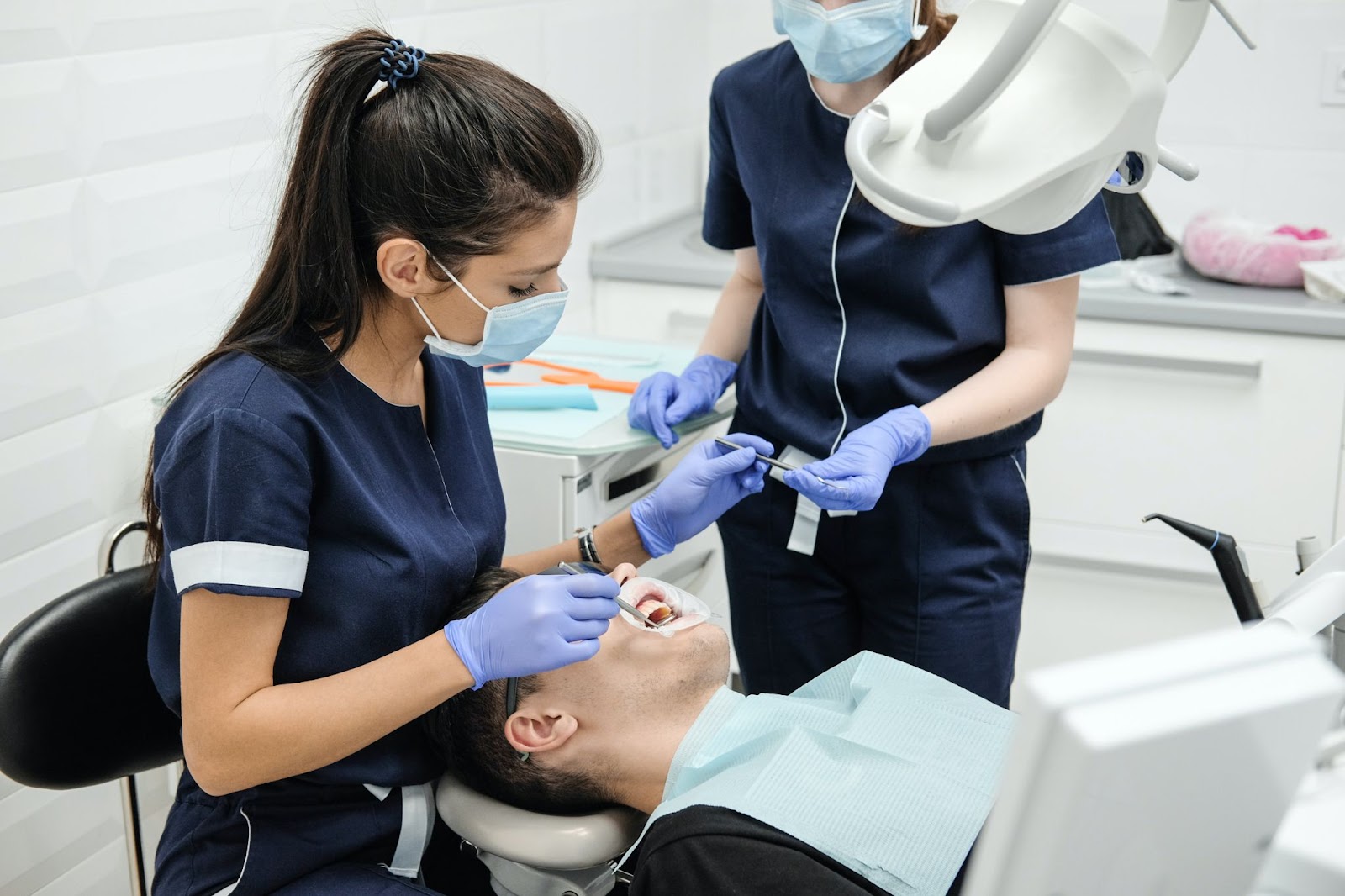



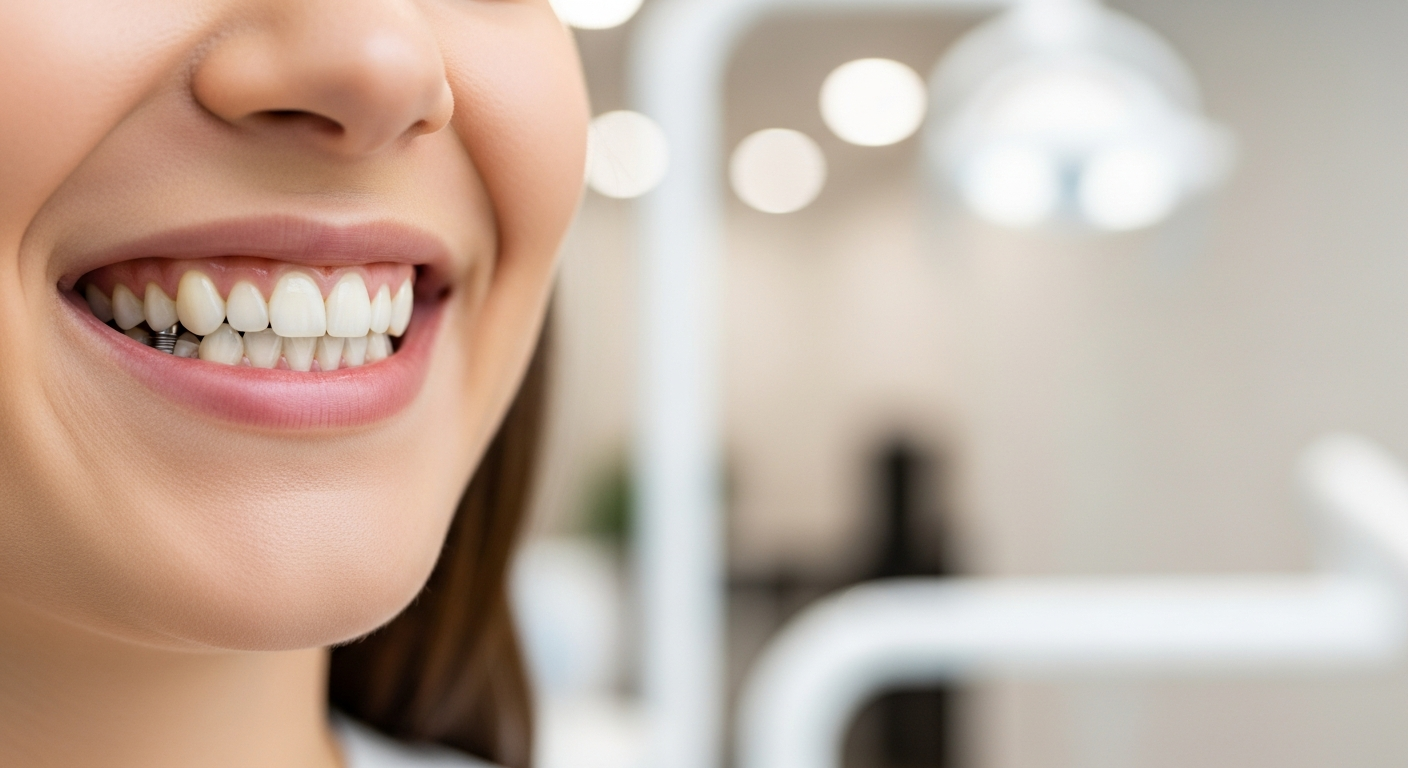
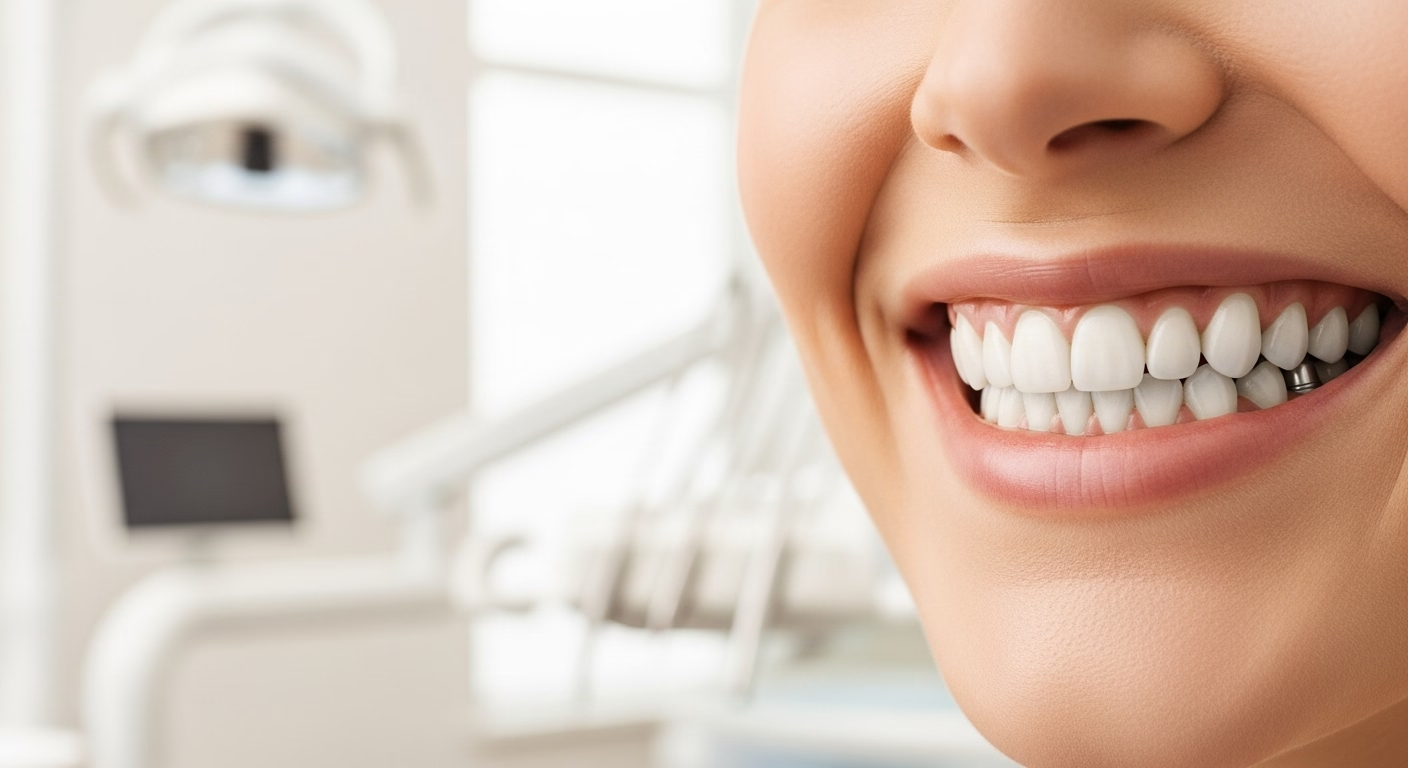
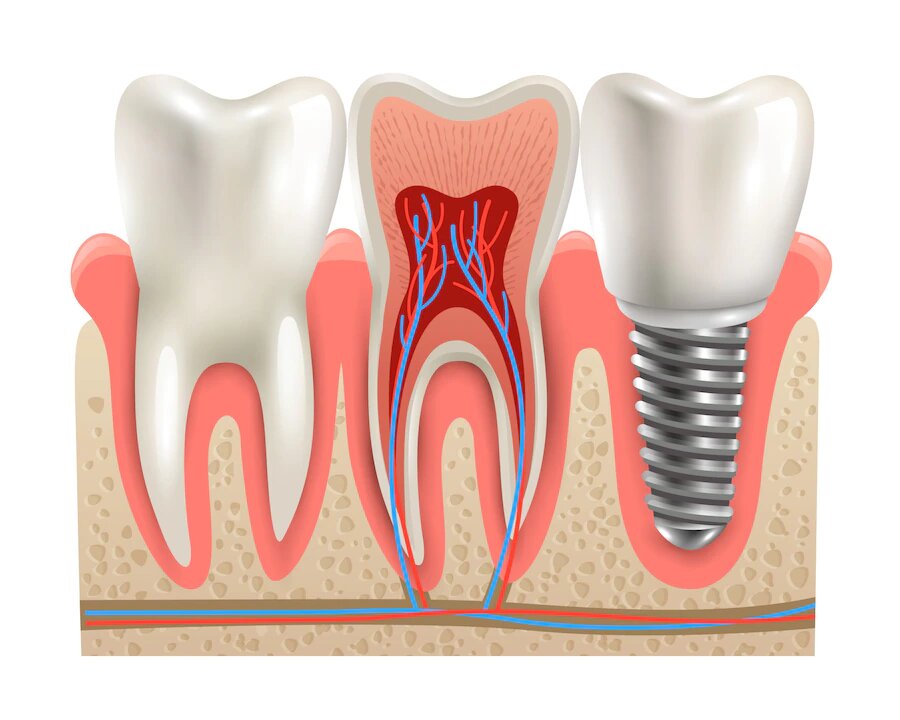








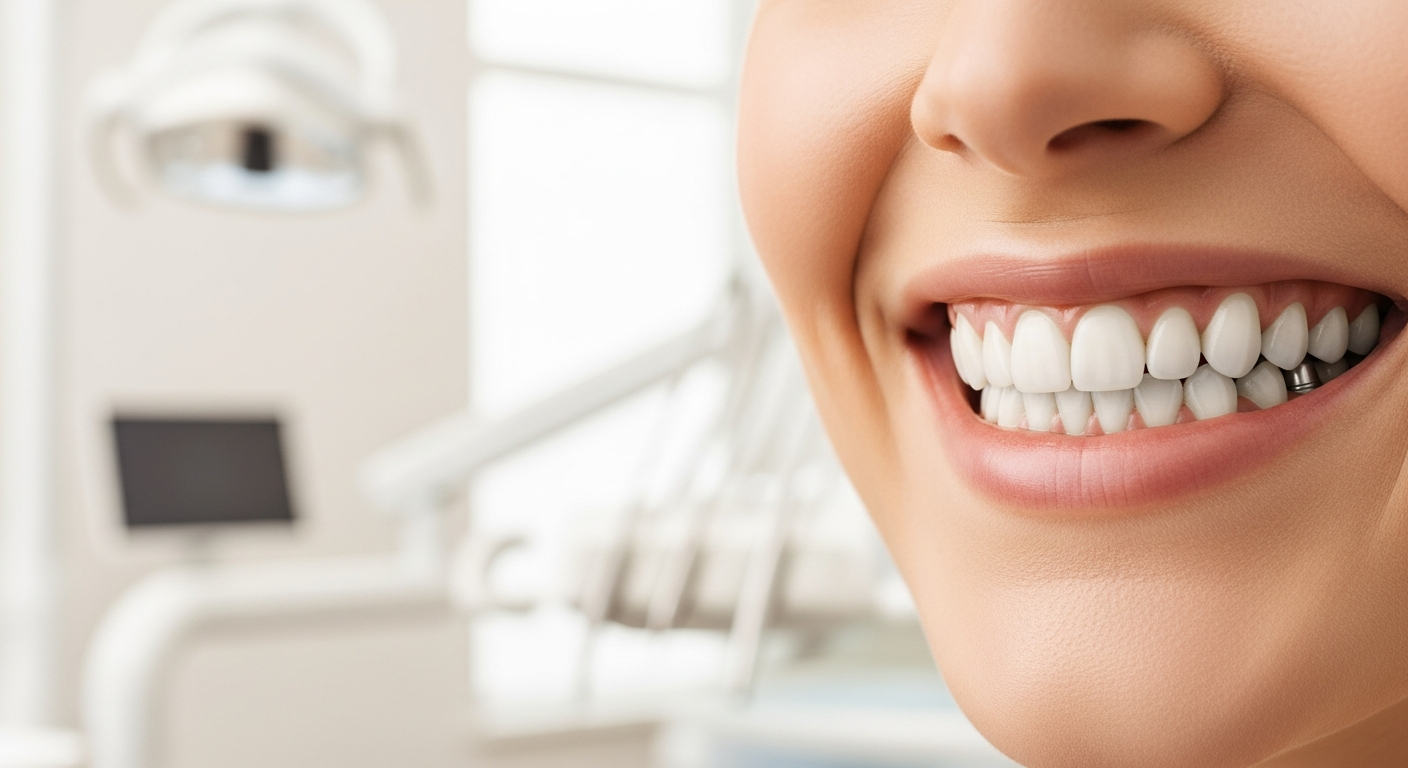

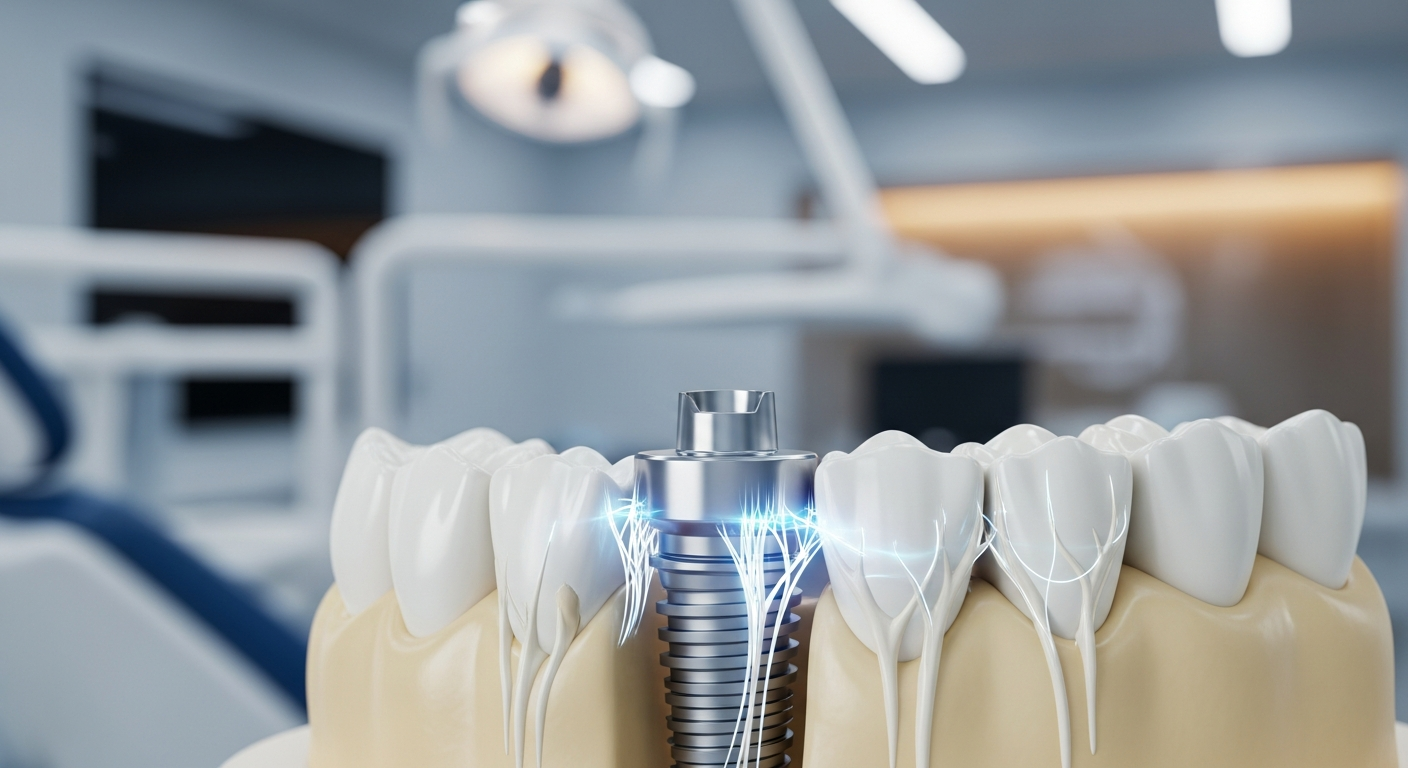
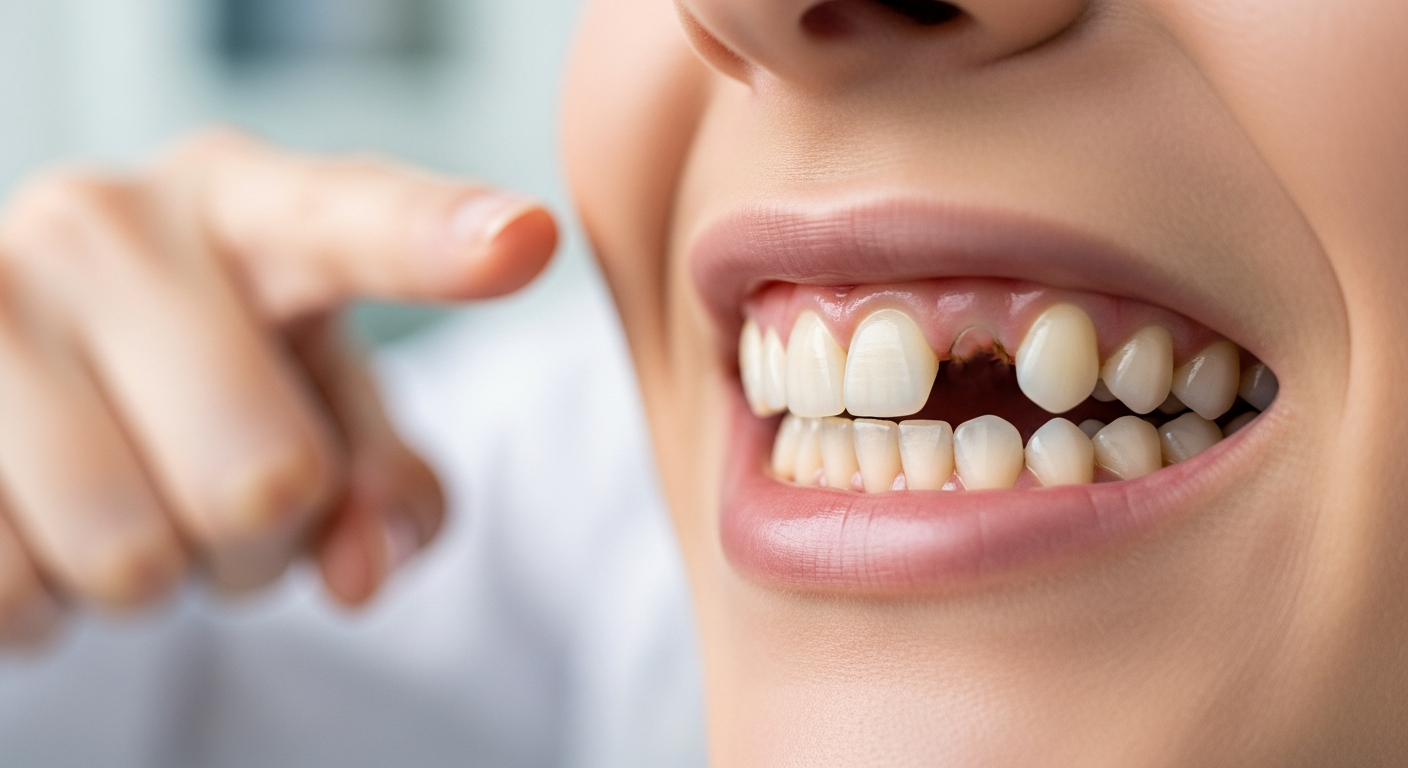





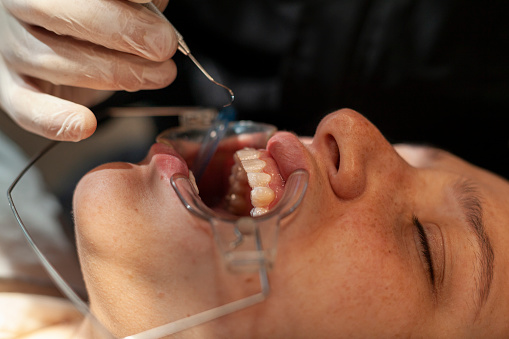

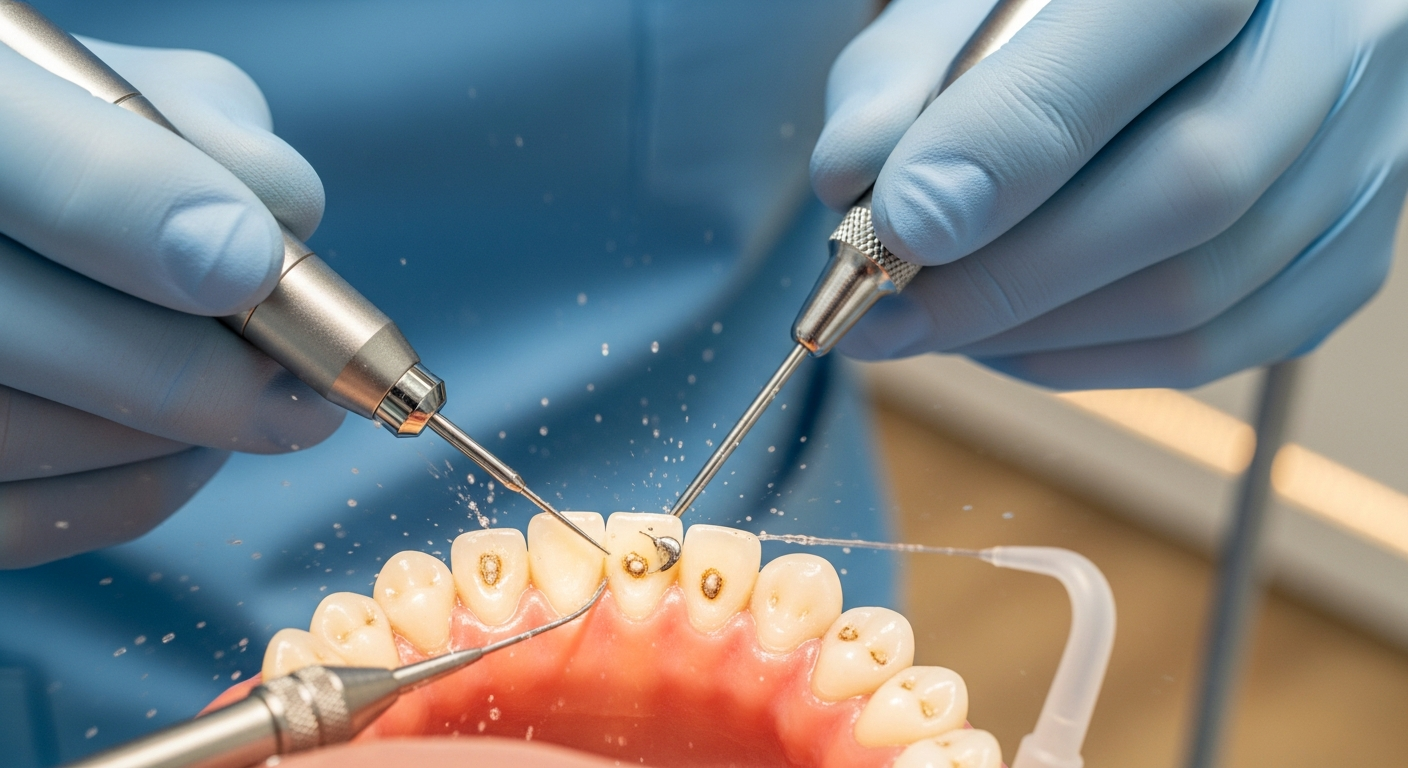

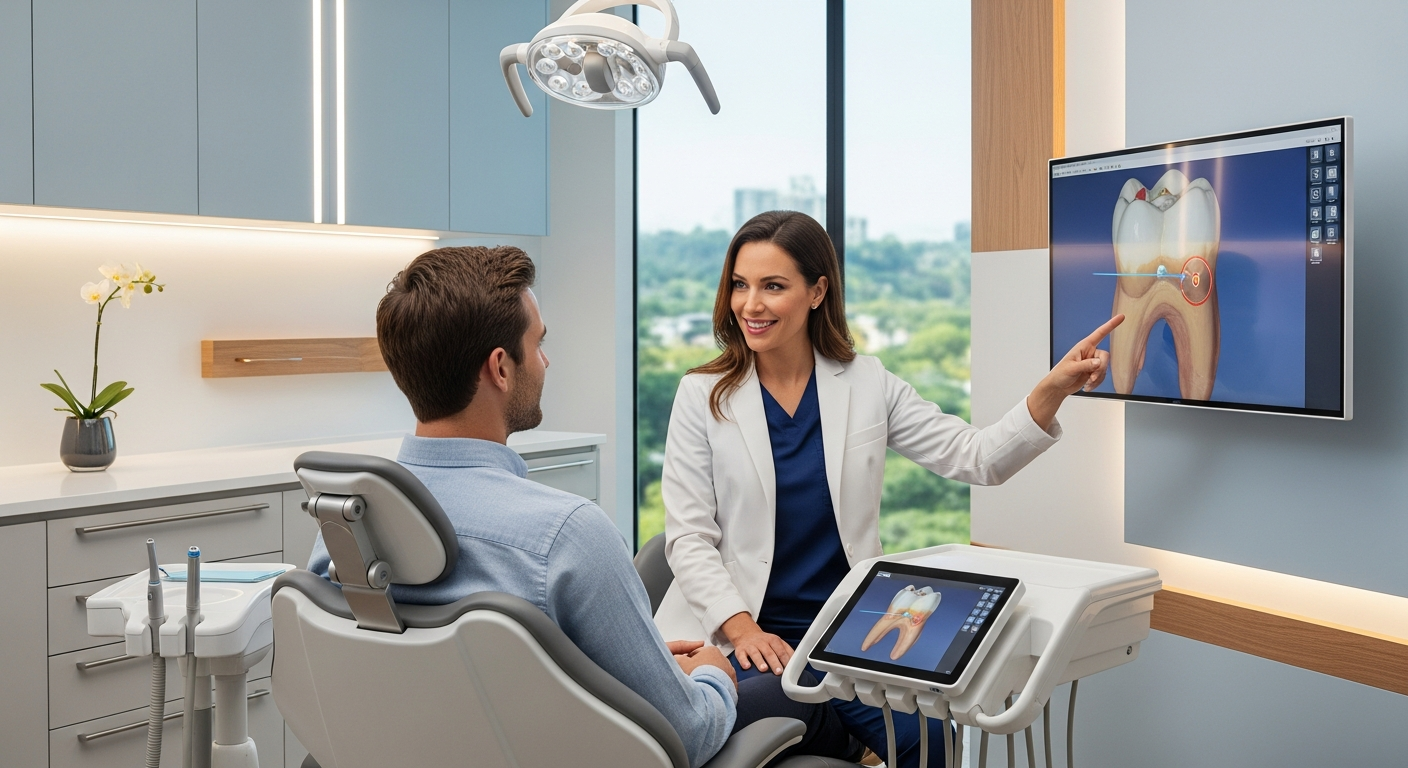
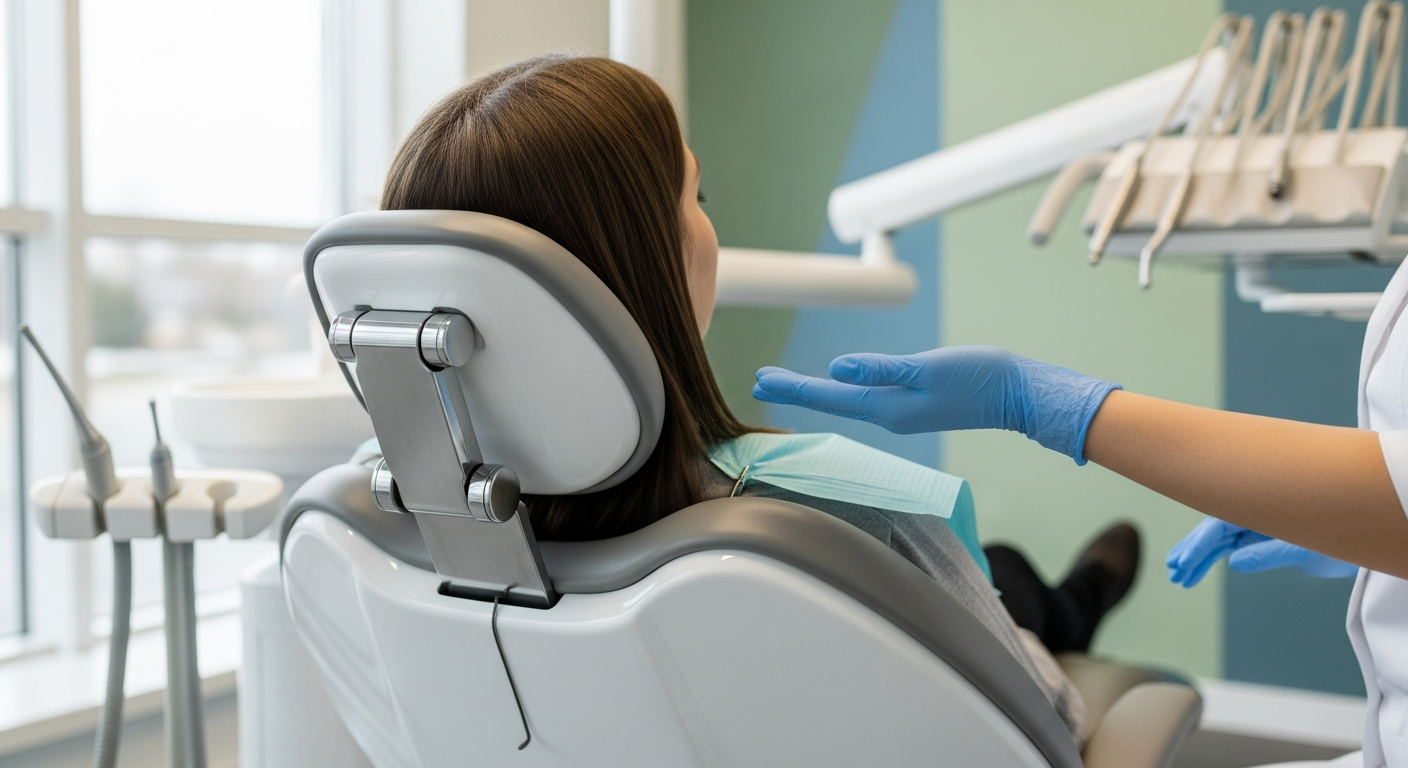

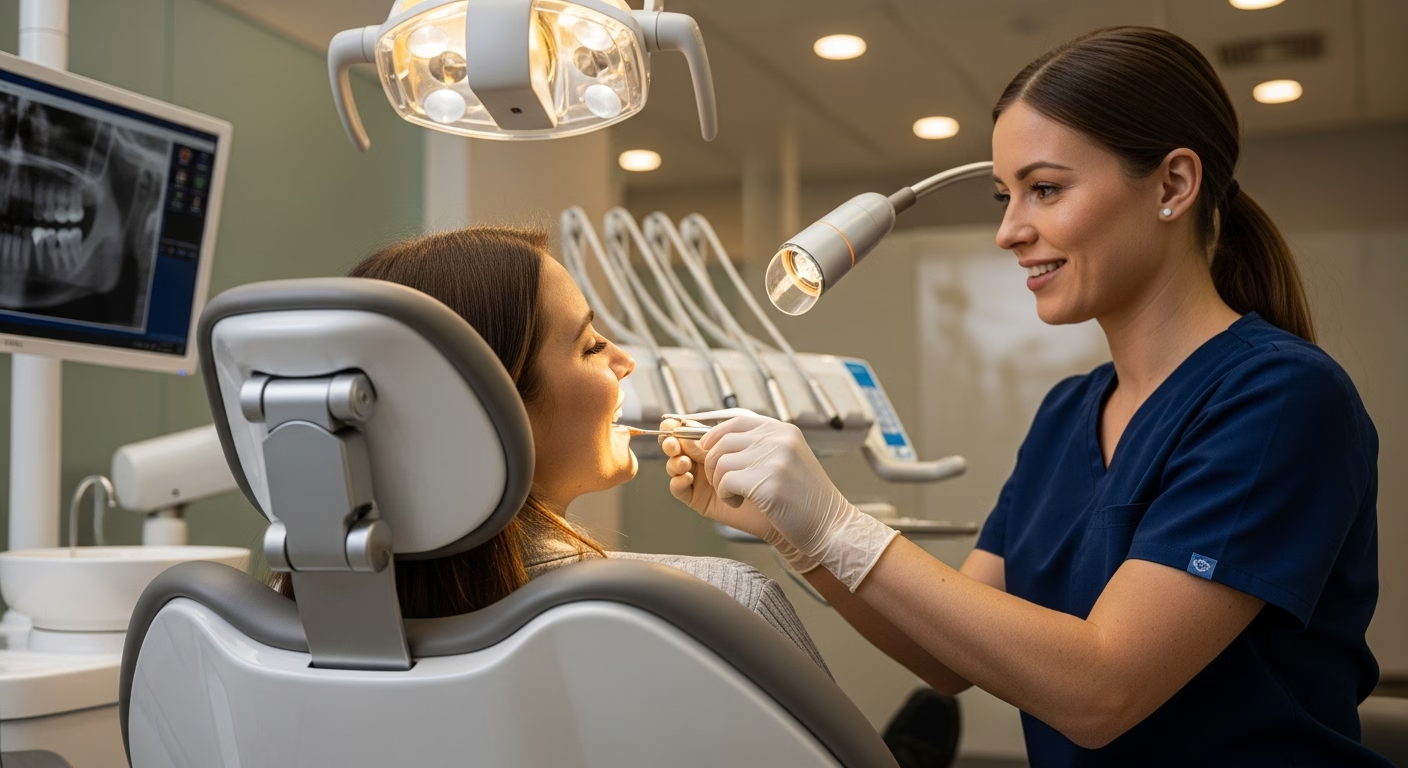
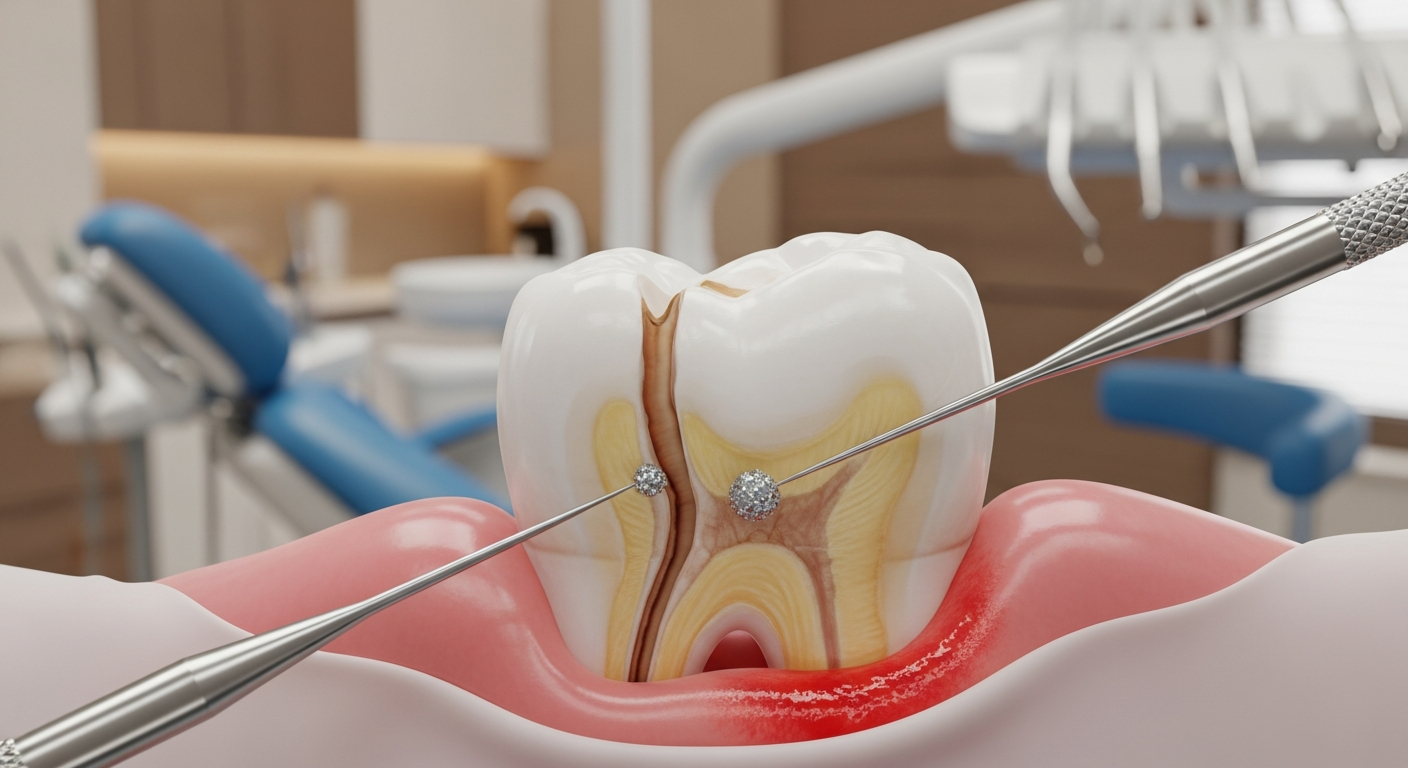




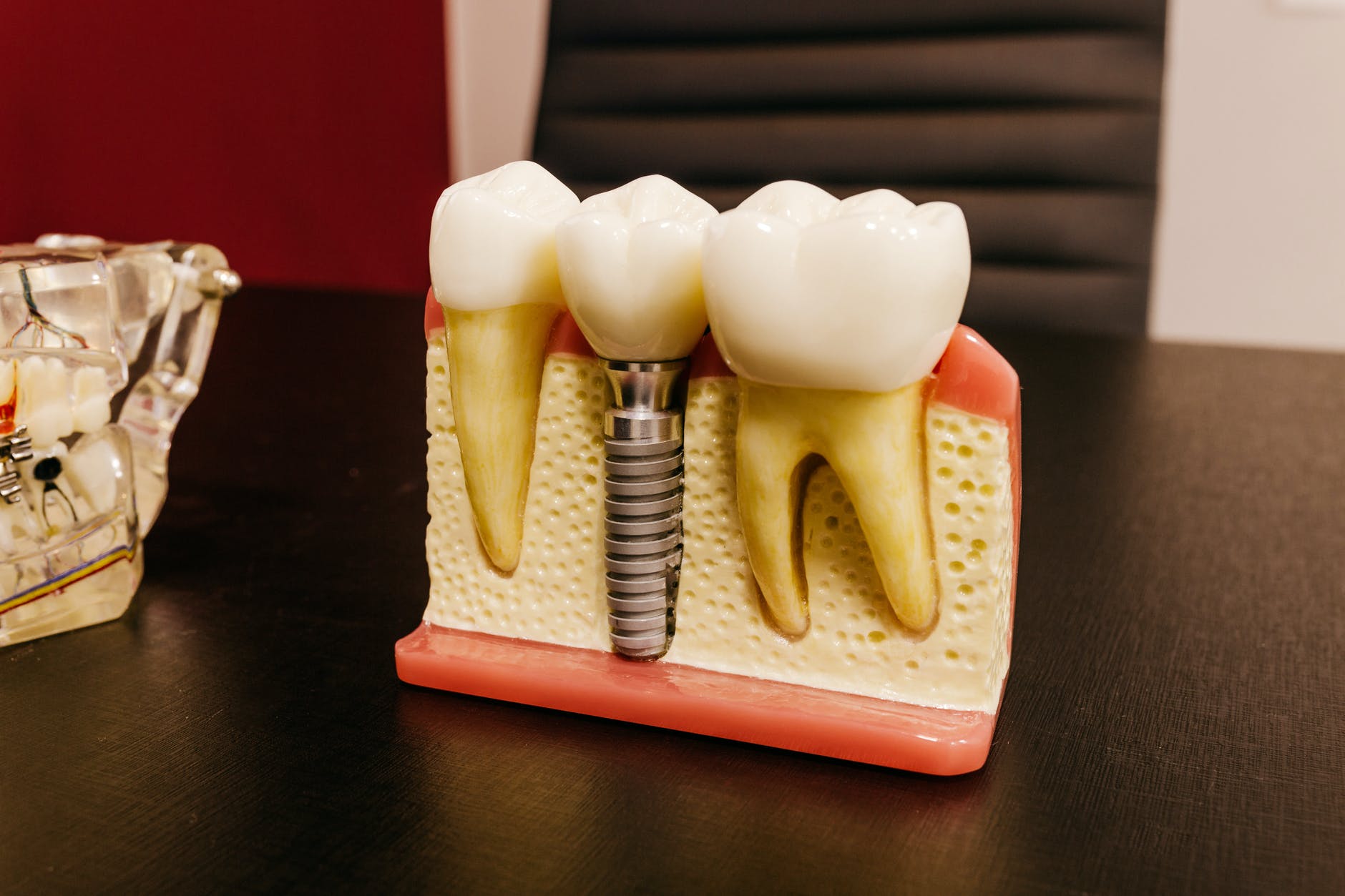






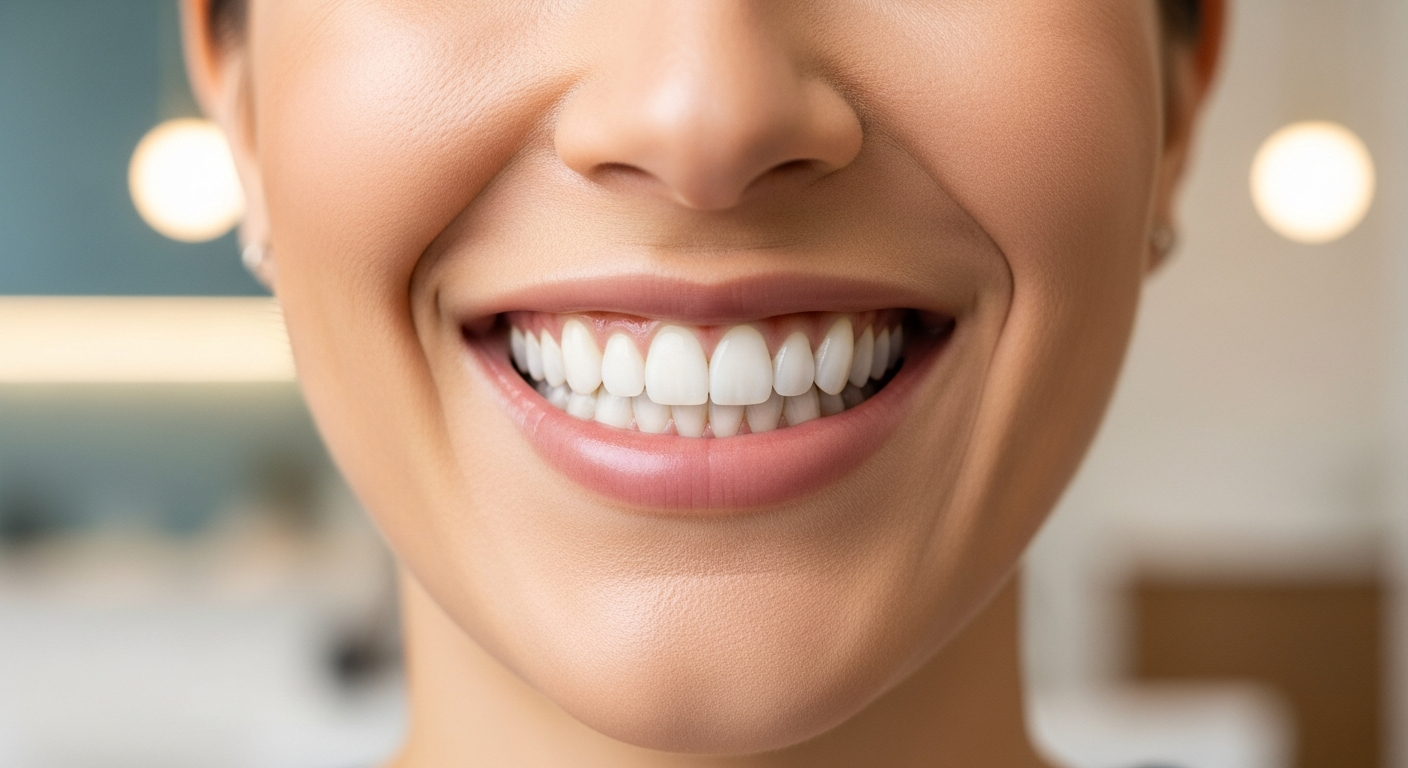



.avif)


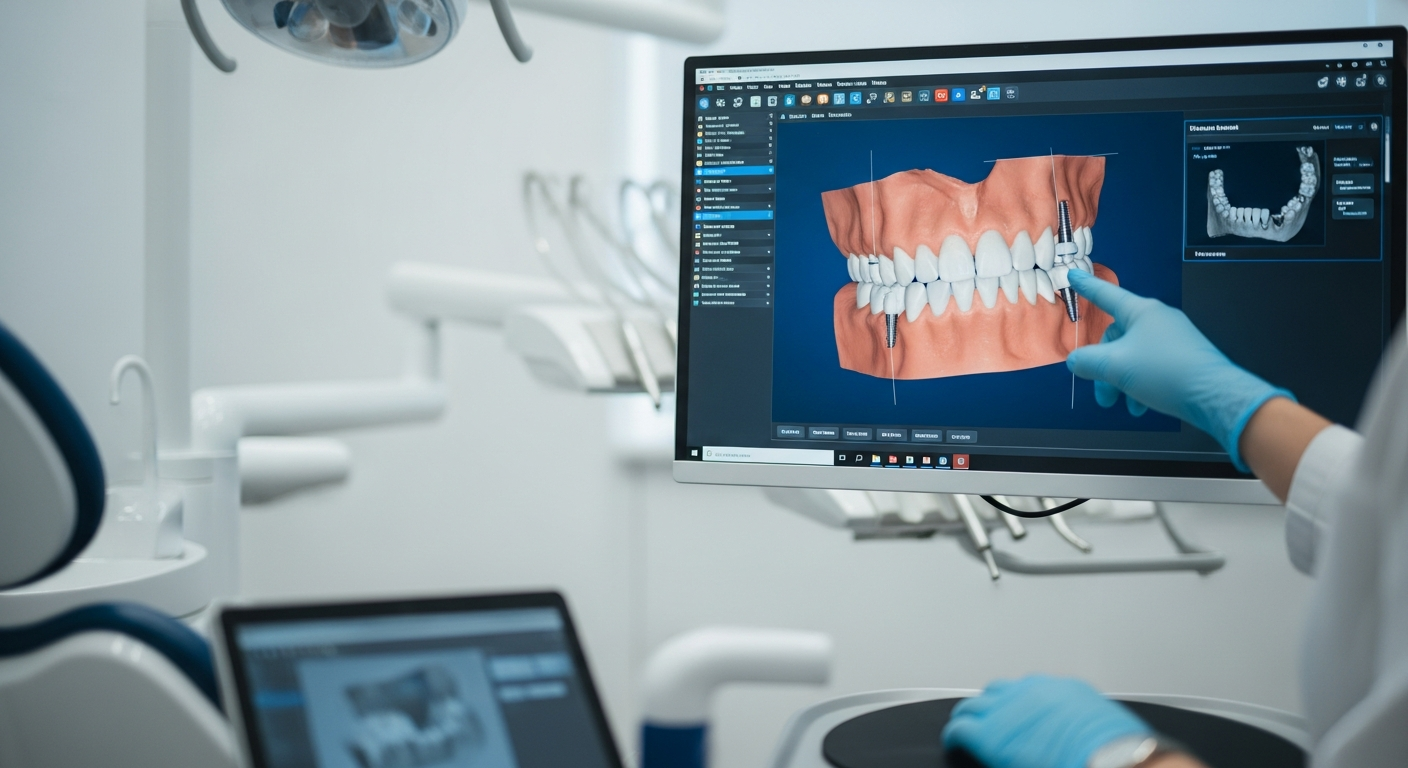




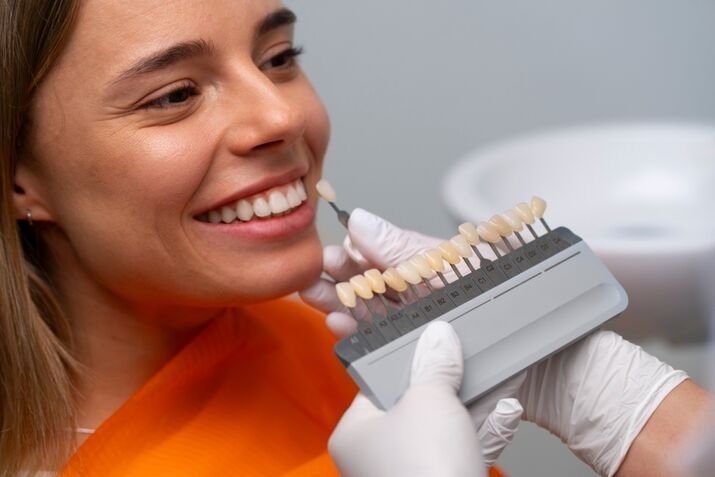


.jpg)


















.avif)


















.jpg)



